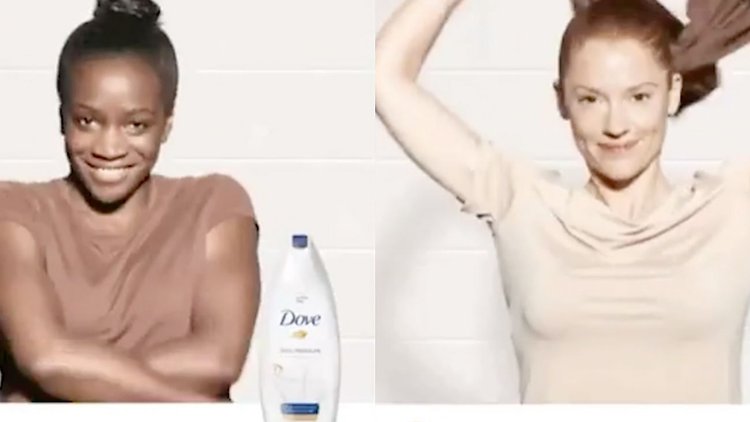Think about Lane Bryant’s #ImNoAngel campaign, which ended up earning the company $7 million in incremental sales after months of drought. With a self-esteem-based ad, due to its emotional impact, customers are more likely to perceive its message and the product attached to it as genuine, because it echoes what those customers are already thinking. The Dove "Real Beauty" campaign was launched because a study showed that only 2 percent of women participants considered themselves "beautiful," demonstrating a persistent and present need in the customer base. Lane Bryant's "No Angel" campaign changed the message from "how women can become beautiful" to "these women are already beautiful." An increase in confidence means an increase in sales. Self-esteem and body positive marketing campaigns may have their own moral implications of changing body politics, but that doesn't change the fact that businesses exist to make a profit. There's more: Earlier this month -- October 2017 -- the company posted a three-second video clip on its Facebook page to promote Dove Body Wash. One woman posted, “This is gross. The message for beauty companies: Dove clearly fell out of touch with its customers when it produced this ad. If executed tastefully, such campaigns have proven to be a boon for branding and sales by fulfilling a present need in a customer base.

Marketing has produced some profound changes in style and tone over the years, but one of the most influential and popular trends in the last decade has been the “body positive” advertising movement.
Companies like Dove and Lane Bryant have been prominent players in this movement, which predominantly targets women, encouraging these customers to embrace their looks instead of criticizing themselves. And when this method works, it gives viewers a sense of confidence, which they can then associate with the brand, creating a strong emotional brand connection. Think about Lane Bryant’s #ImNoAngel campaign, which ended up earning the company $7 million in incremental sales after months of drought.
Or consider the popular Dove “Beauty Sketches” campaign, where participants were asked to describe themselves to a forensic sketch artist and then describe other women in their participant group. The short film demonstrated the profound disconnect that exists in women’s perceptions of themselves and was such a success it became the most watched Youtube video of all time, which increased Dove’s visibility abroad and domestically. At the time this article was written, it had 67.8 million views.
Self-Aware Representation
A customer is more likely to remember a product or advertisement that makes her (or him) feel good, because emotions significantly affect memory formation. With a self-esteem-based ad, due to its emotional impact, customers are more likely to perceive its message and the product attached to it as genuine, because it echoes what those customers are already thinking.
The Dove “Real Beauty” campaign was launched because a study showed that only 2 percent of women participants considered themselves “beautiful,” demonstrating a persistent and present need in the customer base.
So, instead of inventing a slick marketing campaign, Dove simply supplied what customers already wanted; a more personable image that supported women and the body issues they struggled with the most.
Lane Bryant’s “No Angel” campaign changed the message from “how women can become beautiful” to “these women are already beautiful.”
A large part of the success of these campaigns is based in promoting feelings of self-respect and personal strength. This approach enables customers to seek out products that help to solve their problems through acceptance and a change…

COMMENTS